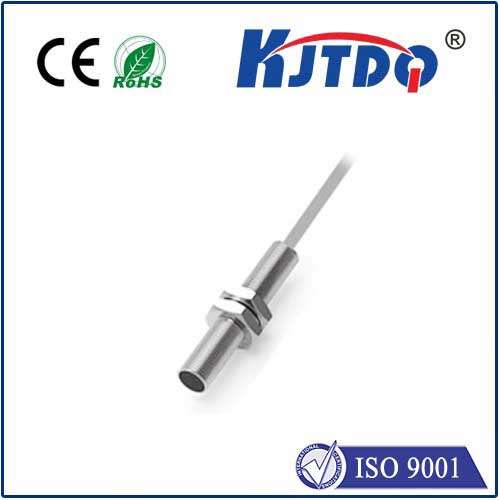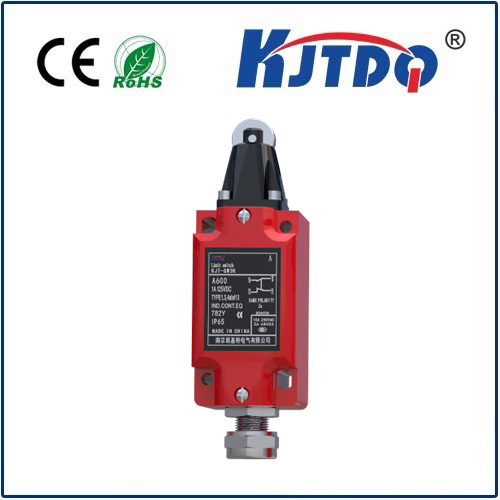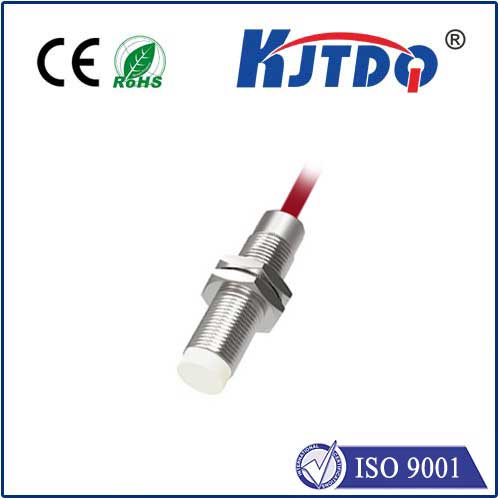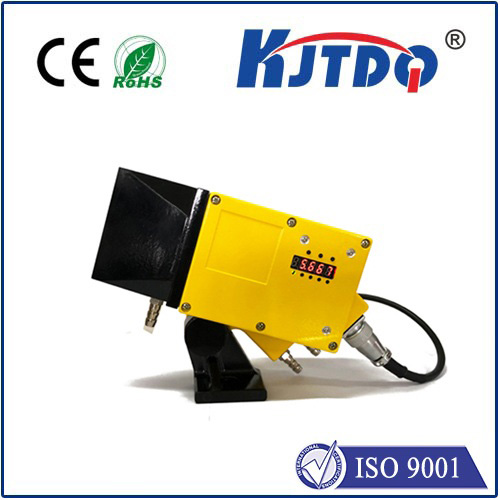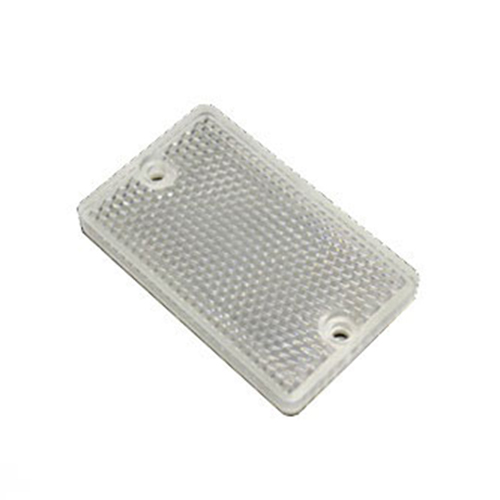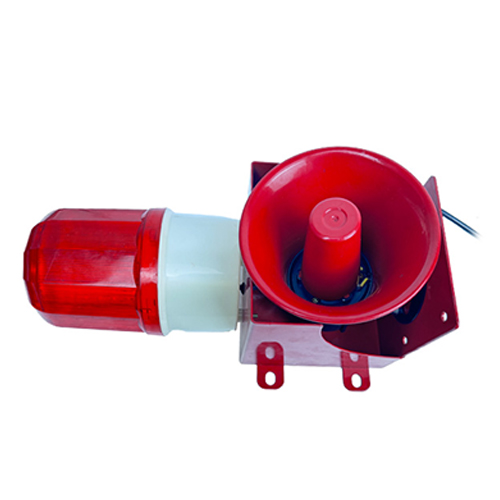fiber optic color sensor
- time:2025-08-16 03:42:56
- Нажмите:0
Fiber Optic Color Sensors: Revolutionizing Precision Sensing Across Industries
Imagine perfectly matching paint on a luxury car, ensuring every pill in a blister pack has the correct coating, or instantly verifying the ripeness of fruit hurtling down a production line. Achieving this level of consistent, real-time color measurement was once a complex challenge. Today, fiber optic color sensors are making it not only possible but efficient and reliable, transforming quality control and process automation across countless sectors. These sophisticated devices harness the power of light traveling through hair-thin glass or plastic fibers to deliver precise color analysis in environments where traditional sensors falter.
Understanding the Core Technology
At its heart, a fiber optic color sensor system consists of three primary components: a light source (often LEDs or broadband sources), a bundle of optical fibers for light transmission, and a photodetector unit (like a spectrometer or filtered photodiodes). The magic lies in the fiber optic cable itself. This flexible conduit, made of a core surrounded by cladding with a lower refractive index, traps light through total internal reflection. Light travels down the fiber from the source to illuminate the target sample.
How the Color Sensing Magic Happens
When the emitted light hits the target surface, several interactions occur:

- Reflectance: Some light is reflected back towards the sensor.
- Absorption: The material absorbs specific wavelengths of light based on its chemical composition and color.
- Transmission/Scattering: Light may pass through (if translucent) or scatter.
The sensor’s receiving optical fibers capture a portion of this modified reflected light and guide it back to the photodetection unit. Here, the true analysis begins. Sophisticated algorithms compare the spectral signature of the returned light to the original emitted light or calibrated references. The key information extracted is:
- Reflectance Spectrum: The intensity of light reflected at different wavelengths.
- Chromaticity Coordinates: Numerical values representing the perceived color in standard color spaces (like CIELAB or RGB derivatives).
- Color Difference (Delta E): Quantifying how much a sample deviates from a standard color.
This analysis allows the sensor to identify subtle color variations invisible to the human eye or make pass/fail decisions based on preset tolerance thresholds.
Where Fiber Optic Color Sensors Shine: Key Applications
The unique attributes of fiber optic sensing technology make these sensors indispensable in diverse and demanding environments:
- Manufacturing & Automation: Quality control is paramount.
- Automotive: Matching paint colors on body panels, trim, and ensuring consistency across suppliers. Inspecting plastic parts, dashboards, and interior fabrics.
- Electronics: Verifying resistor color codes, LED color bins, LCD backlight color uniformity, and component markings.
- Printing & Packaging: Monitoring ink color consistency on presses, verifying label and packaging colors, ensuring product branding accuracy on bottles, cartons, and wrappers.
- Plastics & Textiles: Sorting plastic pellets by color, controlling dye house processes, inspecting fabric for color consistency and defects. Precisely matching thread or yarn color is critical in high-end textiles.
- Food & Beverage Processing: Ensuring product quality and safety.
- Sorting: High-speed sorting of fruits, vegetables, nuts, coffee beans, or candies based on ripeness, quality grade, or foreign material detection via color.
- Quality Control: Verifying the correct browning of baked goods, checking the color consistency of sauces, juices, meats, and dairy products. Detecting burnt items or incorrect ingredient mixes.
- Packaging: Ensuring correct labels are applied to products and confirming tamper-evident seals have changed color.
- Pharmaceutical & Medical: Critical for safety and compliance.
- Tablet & Capsule Inspection: Checking coating color uniformity, detecting missing or damaged coatings, verifying different drug strengths by color coding. Ensuring the right pill is in the right bottle is non-negotiable.
- Medical Device Manufacturing: Verifying color codes on catheters, wires, and components. Inspecting packaging seals and labels for accuracy.
- Fluid Analysis: Potential for simple colorimetric assays where color change indicates a reaction.
- Other Demanding Environments:
- Воздушно - космические и Оборона: Inspecting composite materials, verifying markings, monitoring high-temperature processes remotely.
- Chemical Production: Monitoring reaction progress where color change indicates a stage, verifying raw material color.
- Logistics & Warehousing: Automating package sorting based on colored labels or markings.
The Compelling Advantages: Why Choose Fiber Optics?
Fiber optic color sensors offer a compelling set of benefits over traditional colorimeters or vision systems, particularly in challenging settings:
- Remote Sensing & Compact Size: The sensor head can be incredibly small and lightweight, enabling installation in confined spaces or on moving parts (like robot arms). The bulky electronics (light source, detector) can be located meters away, safe from harsh conditions.
- Immunity to Electromagnetic Interference (EMI): Since the signal travels as light, not electricity, through the fibers, these sensors are ideal for noisy electrical environments near motors, welders, or high-voltage equipment. Reliable operation in EMI-heavy areas is a major strength.
- Intrinsic Safety & Hazardous Environments: Using glass or plastic fibers (non-conductive, no spark risk) makes them suitable for explosive atmospheres (ATEX zones), flammable material handling, or where electrical isolation is critical.
- Non-Contact Measurement: Ideal for delicate surfaces (wet paint, soft fruit, tablet coatings) or sterile environments, preventing contamination or damage.
- Durability & Environmental Resilience: Sensor heads without electronics are inherently robust, resisting vibration, shock, moisture, and corrosive chemicals much better than integrated electronic sensors. High-temperature versions exist for extreme heat applications.
- High-Speed Operation: Capable of making rapid color measurements, essential for modern high-throughput production lines. Real-time feedback enables immediate process adjustments.
- Flexibility: Long fiber optic cables provide significant freedom in routing between the sensor head and the control unit, simplifying system design.
Integrating the Technology: Key Considerations
Successfully deploying fiber optic color sensing involves understanding a few factors:
- Calibration: Regular calibration against known color standards is essential for maintaining accuracy.
- Lighting & Target: Consistent illumination and stable target positioning are crucial for repeatable results. Environmental light interference must be minimized.
- Optical Configuration: Choosing the right sensor type (reflectance, transmissive, diffuse), fiber bundle geometry, and probe tip design depends heavily on the specific application.
- Data Interpretation: Robust software is needed to interpret spectral data, calculate color values/differences, and integrate with control systems (PLCs) for automated actions.
Lighting the Way Forward
Fiber optic color sensor technology has matured into a critical tool for industries demanding precise, reliable, and robust color measurement. By overcoming the limitations of traditional sensors—especially in harsh, hazardous, or confined environments—they unlock new levels of automation and quality assurance. From ensuring the perfect hue on a smartphone casing to guaranteeing the safety of pharmaceuticals or the freshness of food, these sensors translate the subtle language of light and color into actionable data, driving efficiency and excellence across the modern industrial landscape. Their unique blend of remote sensing capability, environmental resilience, and inherent safety ensures their role will only expand as demands for intelligent, precise, and robust automation continue to grow.




